With my passion for photography reinvigorated after a multi-year rut and breaking my pride and joy, an Olympus MJU II, I wanted to make my trip to Laos an experiment with a new film camera. A completely new and visually vibrant territory, it seemed like an ideal opportunity to test out a new piece of kit, the only problem was choosing a camera to stuff in my day bag, a problem that was eased by a constriction of budget and being at the whims of Facebook Marketplace.
When I found this Lomo LC-A on marketplace, I snapped it up, as I felt bringing my only other 35mm camera (which belonged to the family) as too sentimental to risk for this trip. I got it for a bargain – 30 USD, but when I picked it up, I realised why. The front panel was very loose, standing in the doorway of the seller’s house exchanging the usual awkward small talk as I inspected the camera, the shutter button stuck to my finger and popped right off. Even more awkward. Confident I could amend these issues, I took it home and got to work opening her up, epoxy glue at the ready. To my surprise there were a few internal screws missing, which explained the tremendous wobble. After gluing down the delaminated circuit board above the lens, swapping a screw position to secure the metal plate and gluing down the shutter button, it was feeling solid again and ready for a trip through Laos.
Design
This camera is heavy for what it is, which gives it a feeling of quality, even though the body is primarily plastic. As someone who loves smaller cameras, I was pleasantly surprised when coming face to face with this piece, it easily fits in the palm of your hand and is by far one of the smallest 35mm cameras I’ve seen. Although it is based off the Chinese Cosina CX-2, it does exhume a quality of brutish Soviet utilitarianism due to it’s simplicity, both in function and in form.
Use
To my surprise, the Lomo was a breeze to use for street photography. The focusing was quick and easy to set up on the fly as scenes unfolded. Most of the time, I’d just assess the area and pre-set the focus accordingly. This kept me alert and aware of my surroundings, forcing a welcome state of mindfulness throughout the trip. True to the conclusions of other reviews, shooting from the hip felt most natural with the Lomo, and I gravitated to this style quickly. The viewfinder is probably the weakest point of this camera, with no visible markings (potentially faded completely due to its age) and two janky red indicator LEDs that infiltrated your view when looking through it. I did notice those LEDs were visible from the front of the camera when activated. To a subject, this potentially gives away that I was shooting them in tighter street situations.
Considering I’ve never used a zone focusing camera before, I was excited for the challenge. I was, however prepared for some shots to be out of focus. I’d read somewhere that the best way to use the camera is in auto aperture as this is the only setting where the camera adjusts shutter speed accordingly, otherwise it is stuck on 1/60 of a second. Once the rolls were developed, I was very happy with the results. The camera is a bit more forgiving than I thought it would be in terms of focus, and almost all the shots were metered correctly.
The film advance is like that of an Olympus Trip 35, where you turn a plastic wheel rather than a lever. Although some people might use this as an excuse to allude to its ’toy-ness’, it makes sense for smaller cameras to have a wheel as it makes for much easier shooting, keeps a tight form factor and makes it a lot less likely to get caught in a pocket. The sharpness of the lens is a bit of a let down, but expecting crispness in the realm of a Leica is a pipe dream for a Lomo camera – it’s simply not what they are known for.
Halfway shooting through the roll of black and white, I could feel the advance get tighter and tighter with each shot. I wasn’t sure what was causing it. Eventually it came to a head when after taking a shot I felt and heard something give way internally. I would forward two frames before it clicked into place as usual. I was ready to write it off there and then, but after this debacle I kept on shooting, and it felt completely normal again. Now that I got the roll back, it was evident that the advance didn’t work properly for that roll after this issue and I was left with a multi exposure image of about 7 shots, which was unfortunate as I was excited to see some of those shots once developed. I suspect the film itself got stuck somewhere and with the force applied, popped out of the film advance mechanism, causing this multi exposure.
Conclusion
Ultimately, I’ve come to find that the Lomo LC-A is a camera that rewards patience, creativity, and an open mindset. Despite some easily overlooked shortcomings, this Soviet-era design camera holds up very well, it especially shines as a travel companion with its unassuming and easily pocket-able form factor. For a first-time user of a zone focusing camera, I was pleasantly surprised by how easily and quickly I would find my own style of shooting, fearing there would be a learning curve and a big portion of blurry shots. Now that I’ve whetted my beak with zone focusing cameras, acquiring a camera I’ve had my eye on – Rollei 35 – is not off the cards. However, the Lomo has definitely earned a spot in my collection, not only as a pleasant reminder of my trip, but as a quick and easy pick-up for every day shooting.
Images:
The three film stocks I used for the trip were B&W – T-MAX 100:
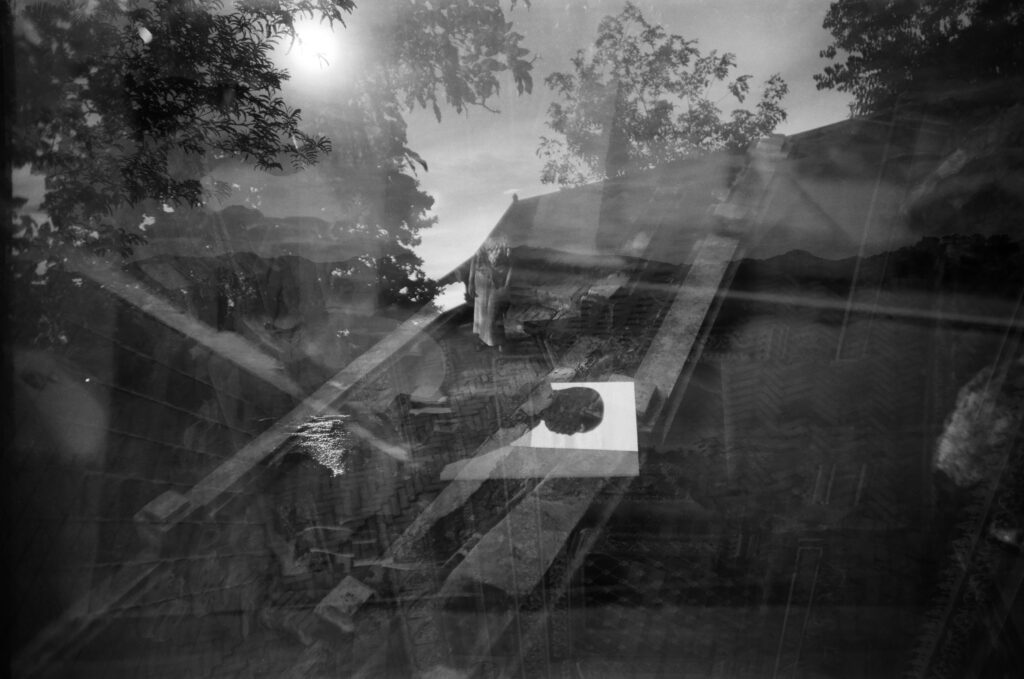
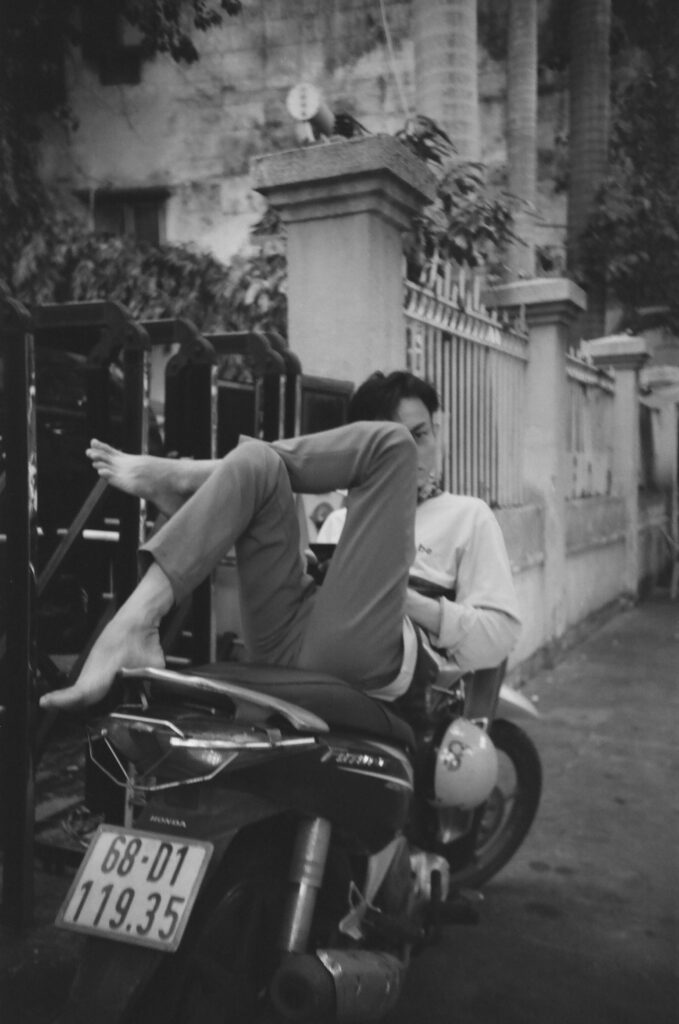
Colour – Agfa Vista 200:

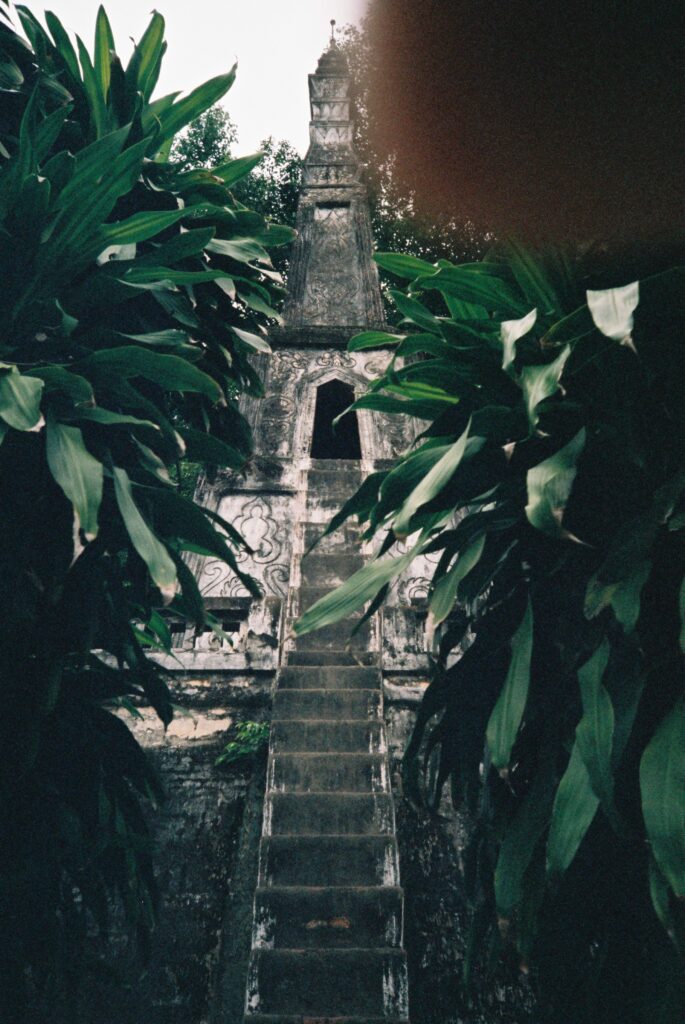
Lomo Turquoise 100-400:

Thanks for reading, you can find me on instagram Here.
Share this post:

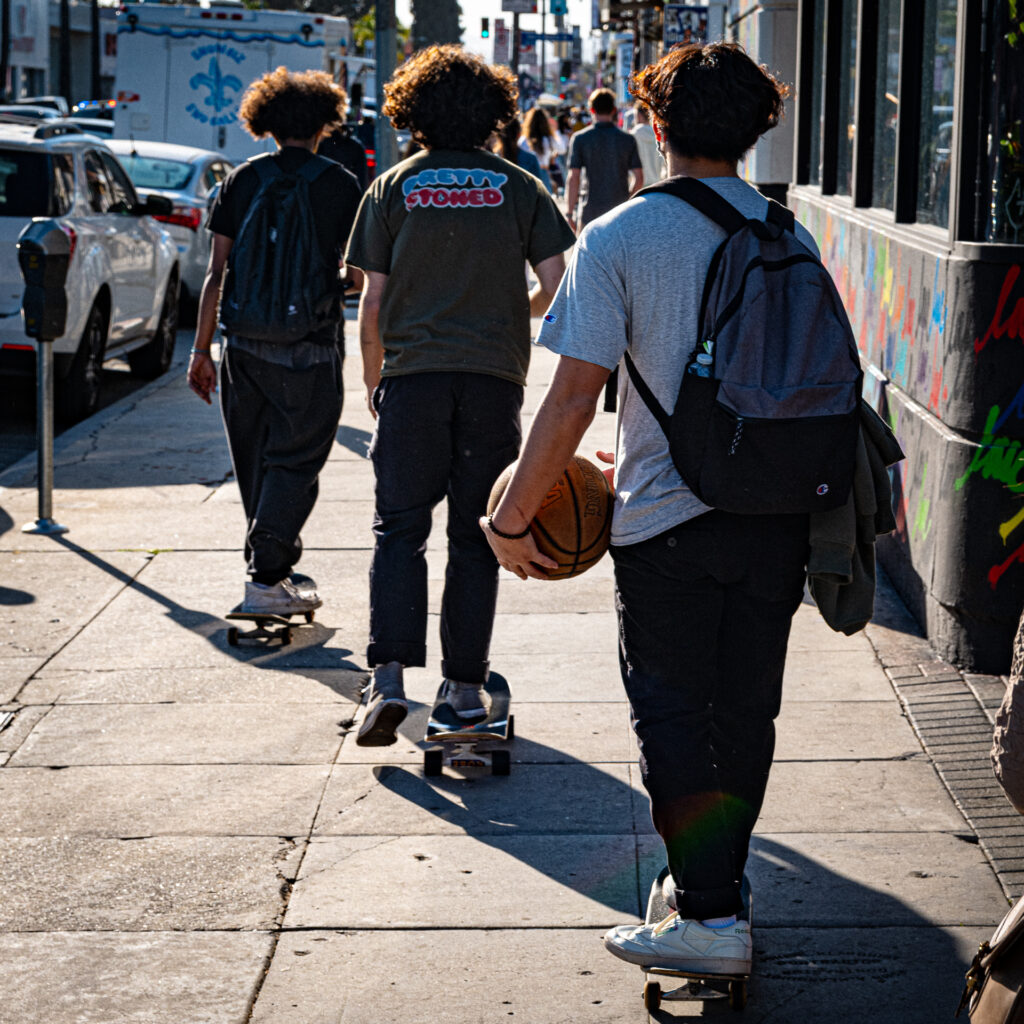
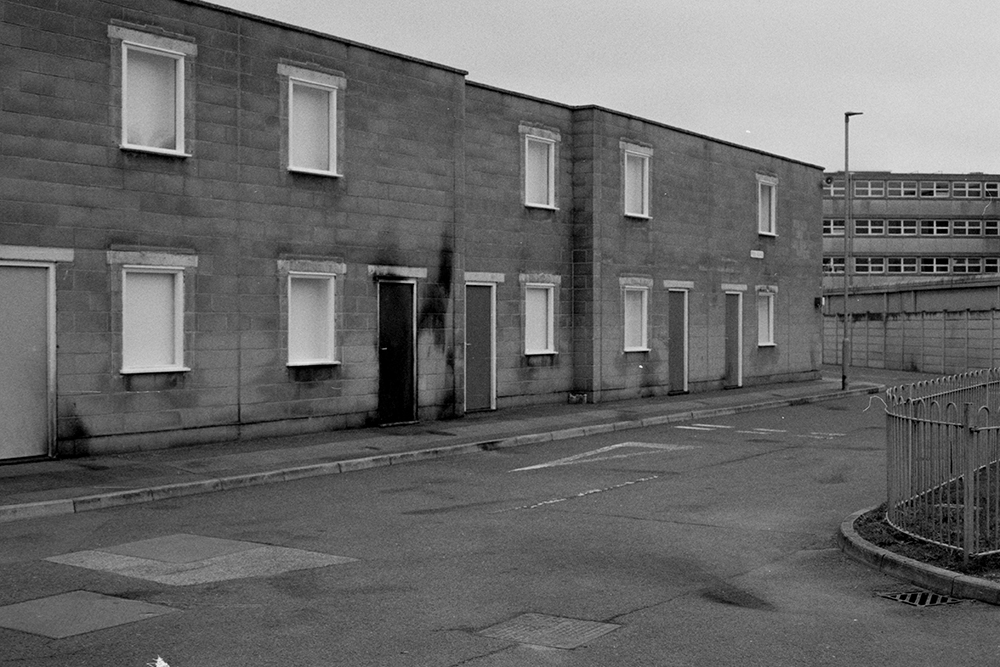
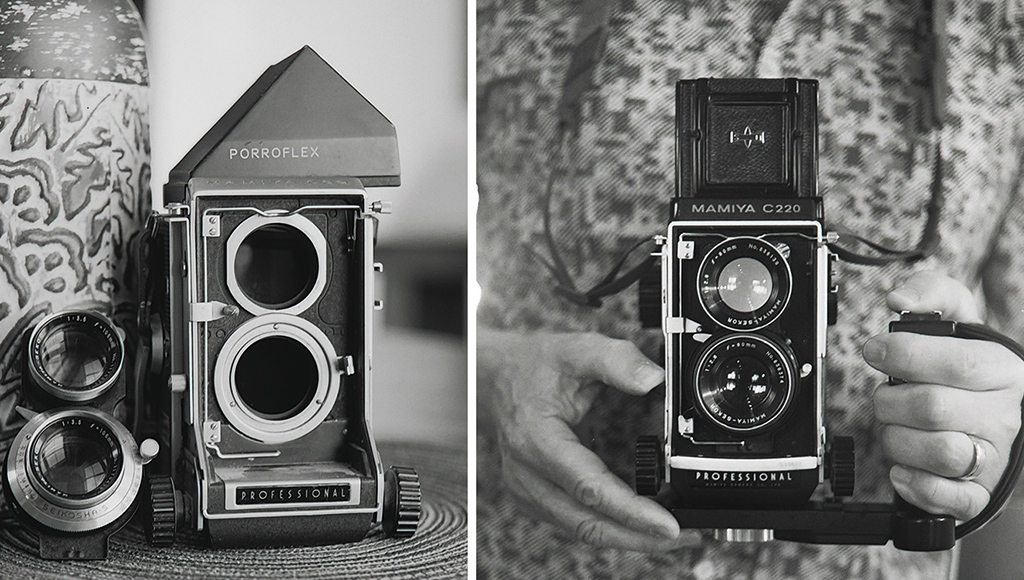
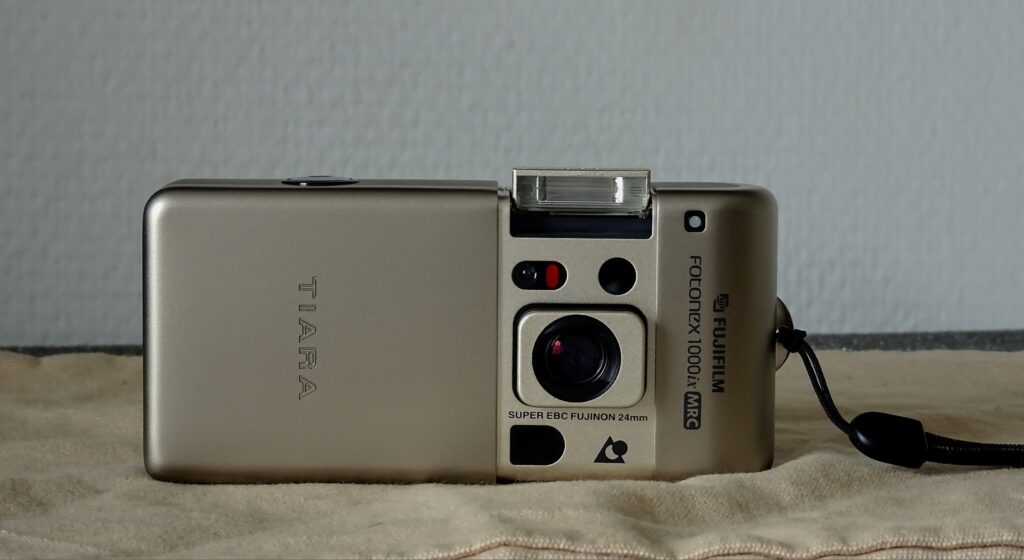




Comments
Mark Ellerby on 5 Frames in Laos with the Lomo LC-A
Comment posted: 28/11/2024
I love the picture of the store owner smoking his cigarette. The colour from the Lomo film makes him look a bit otherworldly.
You mention the Rollei 35. I can recommend those. I have a review of the 35T coming up in a few days. They're not cheap but they are well built and have good lenses.
James Evidon on 5 Frames in Laos with the Lomo LC-A
Comment posted: 29/11/2024
Simon Atkins on 5 Frames in Laos with the Lomo LC-A
Comment posted: 07/12/2024